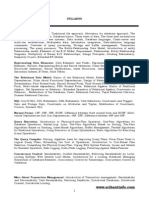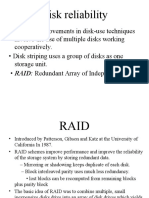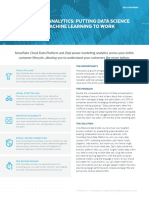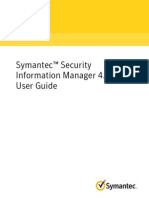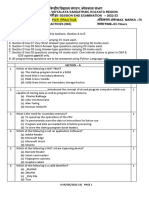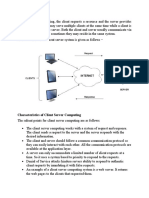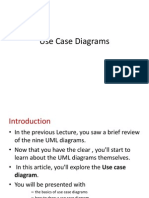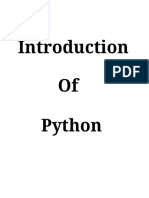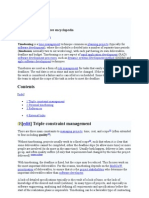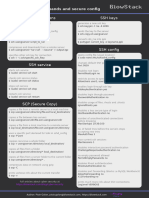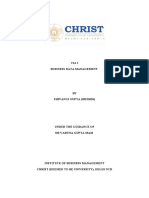0% found this document useful (0 votes)
7 views3 pagesDBMS Unit1 Unit2 Notes
Uploaded by
panwarji1926Copyright
© © All Rights Reserved
We take content rights seriously. If you suspect this is your content, claim it here.
Available Formats
Download as DOCX, PDF, TXT or read online on Scribd
0% found this document useful (0 votes)
7 views3 pagesDBMS Unit1 Unit2 Notes
Uploaded by
panwarji1926Copyright
© © All Rights Reserved
We take content rights seriously. If you suspect this is your content, claim it here.
Available Formats
Download as DOCX, PDF, TXT or read online on Scribd
/ 3































